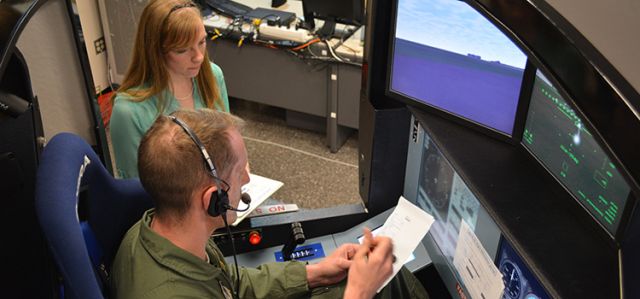Document Type
Conference Paper
Publication Date
2010
Publication Source
Proceedings of the 117th Annual American Society for Engineering Education Conference and Exposition
Abstract
Web-based activities have the potential to teach engineering in both formal and informal science education settings, maximizing outreach efforts. To date, many activities available on the internet teach about engineering, but few allow students to truly “do” engineering.
This project utilized web animation and interaction in the design of a web-based experience focused on engineering design. In this activity, targeted toward middle school students, users played the role of engineer and engaged in the process of designing a cell phone for the older adult market. It was hoped that this web-based activity would increase participant understanding of what engineering is and the steps of the engineering design process, while also encouraging students to consider engineering-related careers. An additional aim of this study was to determine whether the web-based application and the object of design (a cell phone) would appeal to female students as much as it would to male students.
To test this, 162 middle-school students participated in the web-experience. Summative measures were taken pre- and post- activity using an on-line web-based survey to test their knowledge of engineering design and the engineering design process. The post-survey also asked additional questions to determine students’ perceptions of engineering and also perceptions of the web activity. Data were analyzed for the central tendencies of each question, item and scale means, and cross tabulated to identify statistically significant differences between the responses of male and female students. Prior to the web-based experience female students had a higher base-line knowledge of what engineering is than male students (p = 0.026), however after participation in the activity there were no statistically significant gender-based differences.
The activity did increase understanding of engineering in the group as a whole, with a mean increase from 5.12 out of 10 correct responses on the pre-test to 7.10 out of 10 (p = 0.000). Regarding the web-experience, female students tended to express better perceptions of the elements of the activity, but these differences were not statistically significant. Despite the activity, female students exhibited less positive perceptions of engineering and engineering as a career than male students. They were less likely to feel they could become an engineer if they wanted to (0.005), to see themselves in an engineering-related career (p < 0.000), and to see themselves as an engineer (p
These results suggest that female middle-school students have a better base knowledge of what engineering is than male students, and that a web-based engineering experience can improve understanding in both genders. Both female and male students perceived the website activity positively, which promotes future use of this educational means. Future work is needed to determine how similar activities can be altered to better address the disparity in perceptions of engineering as a career between genders.
Document Version
Published Version
Copyright
Copyright © 2010, American Society for Engineering Education.
Publisher
ASEE: American Society for Engineering Education
Peer Reviewed
yes
eCommons Citation
Bigelow, Kimberly Edginton; Wheatley, Gail; and Tomasko, David, "Gains in Knowledge and Perception of Engineering after Participation in an Engineering Design Web-Experience Are Gender-Dependent" (2010). Mechanical and Aerospace Engineering Faculty Publications. 2.
https://ecommons.udayton.edu/mee_fac_pub/2
Included in
Engineering Education Commons, Mechanical Engineering Commons, Science and Mathematics Education Commons



